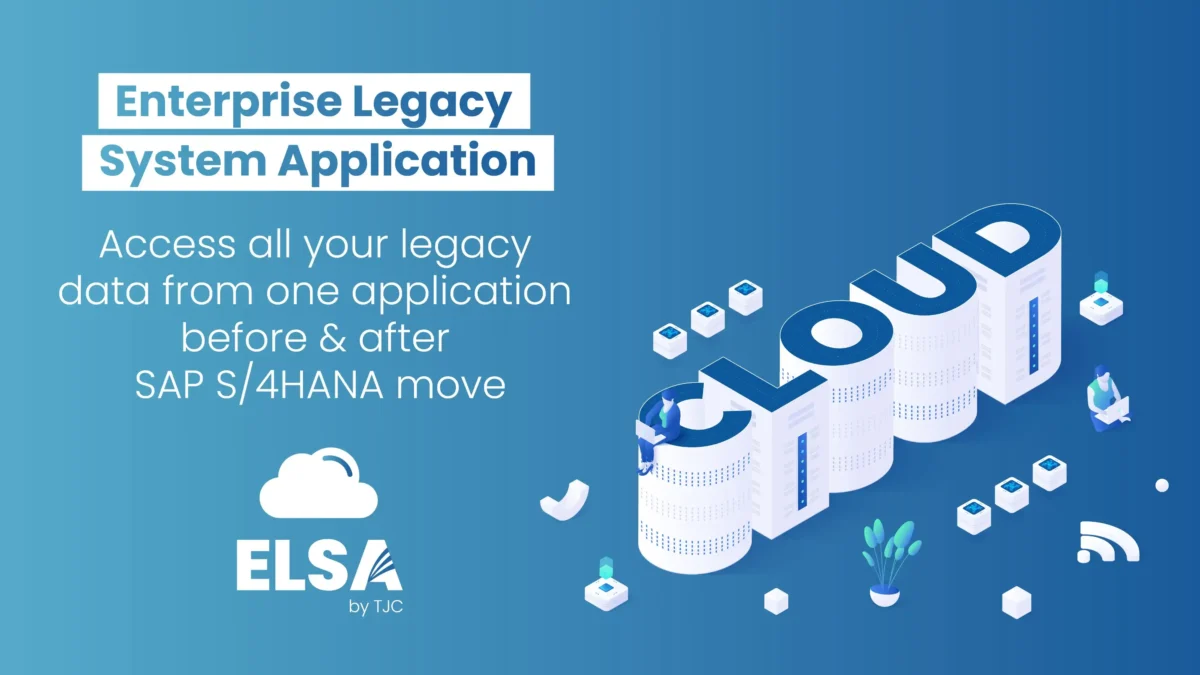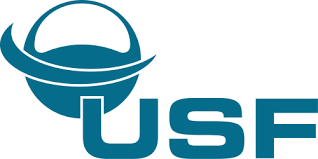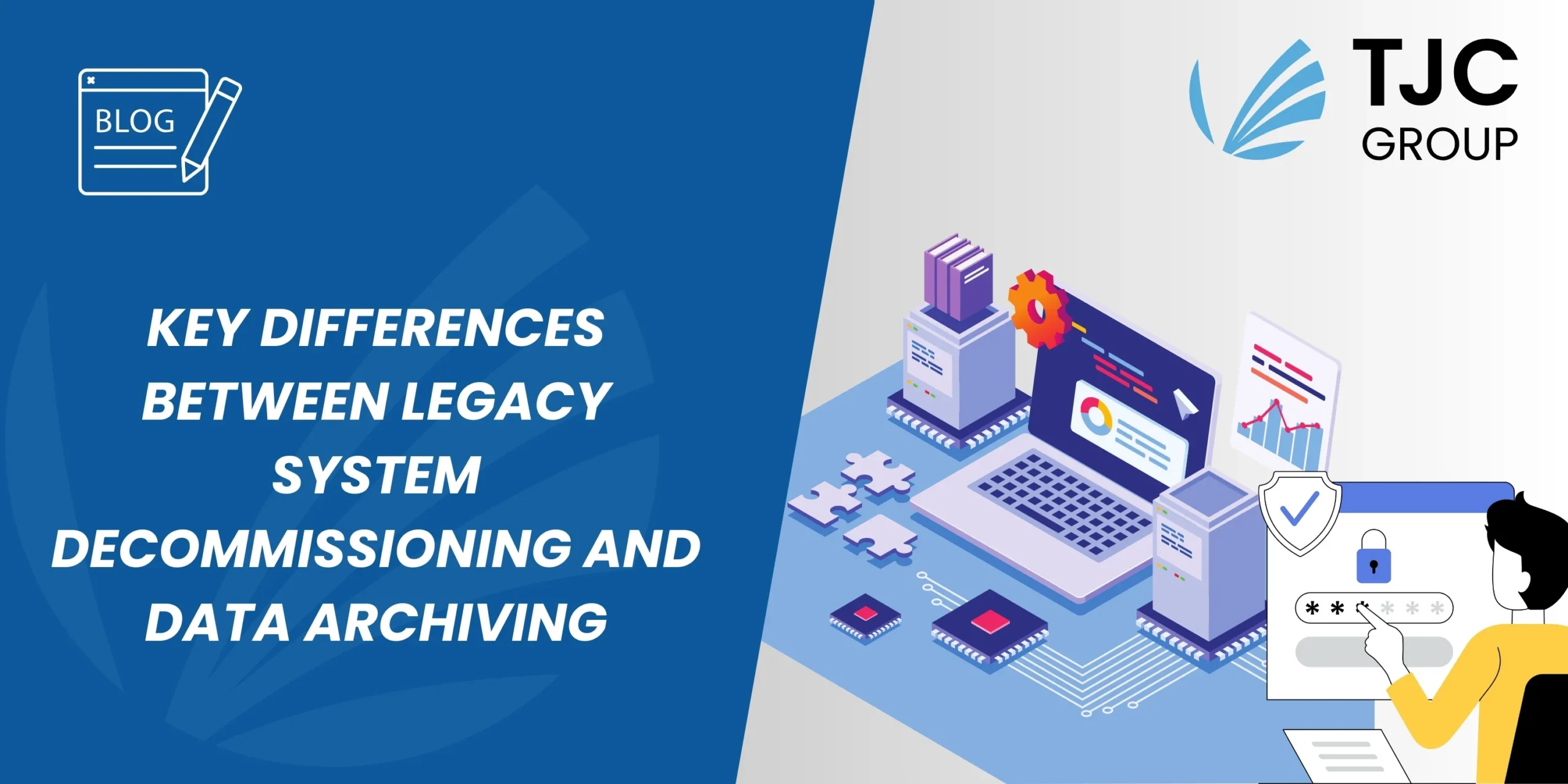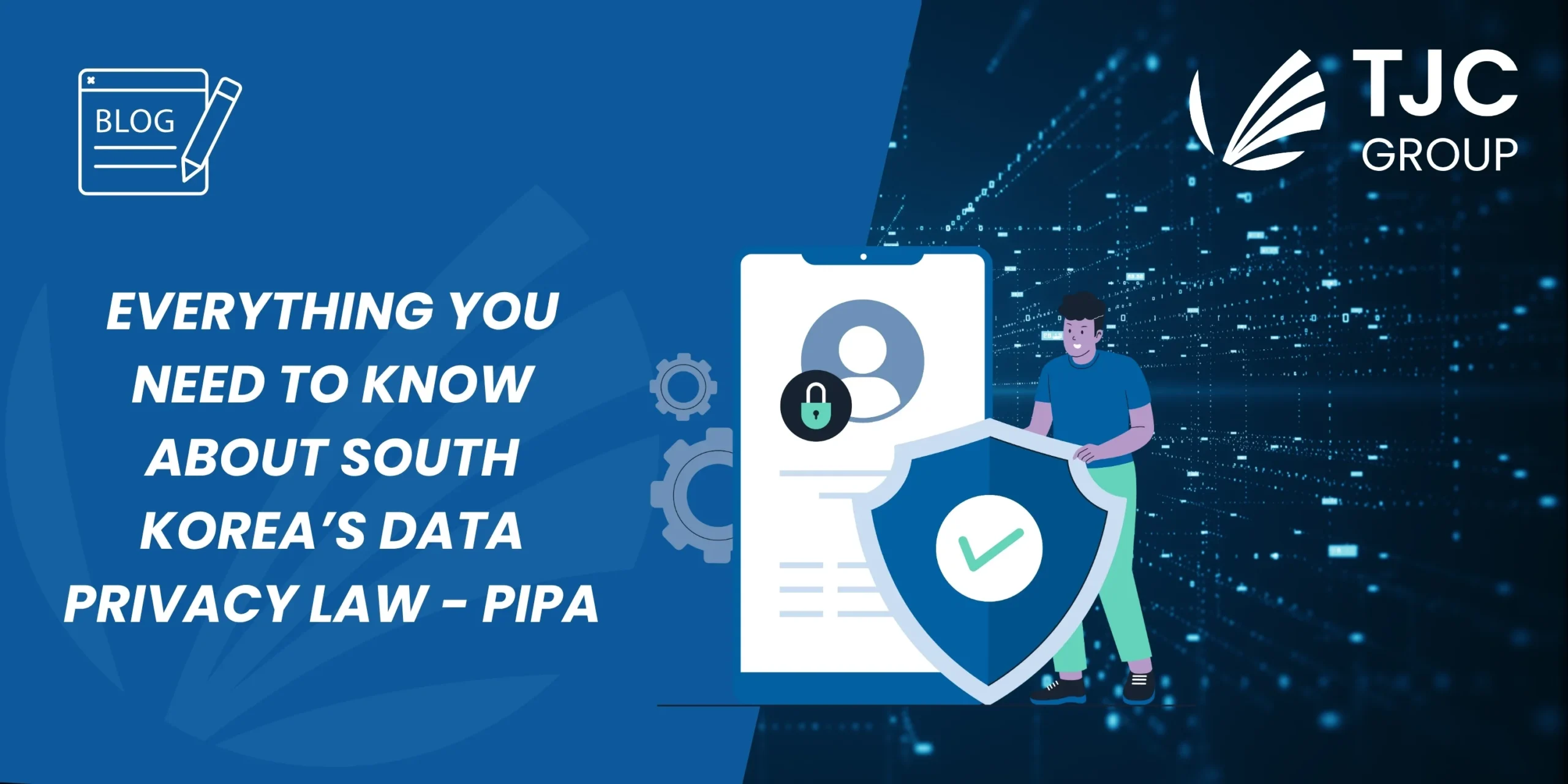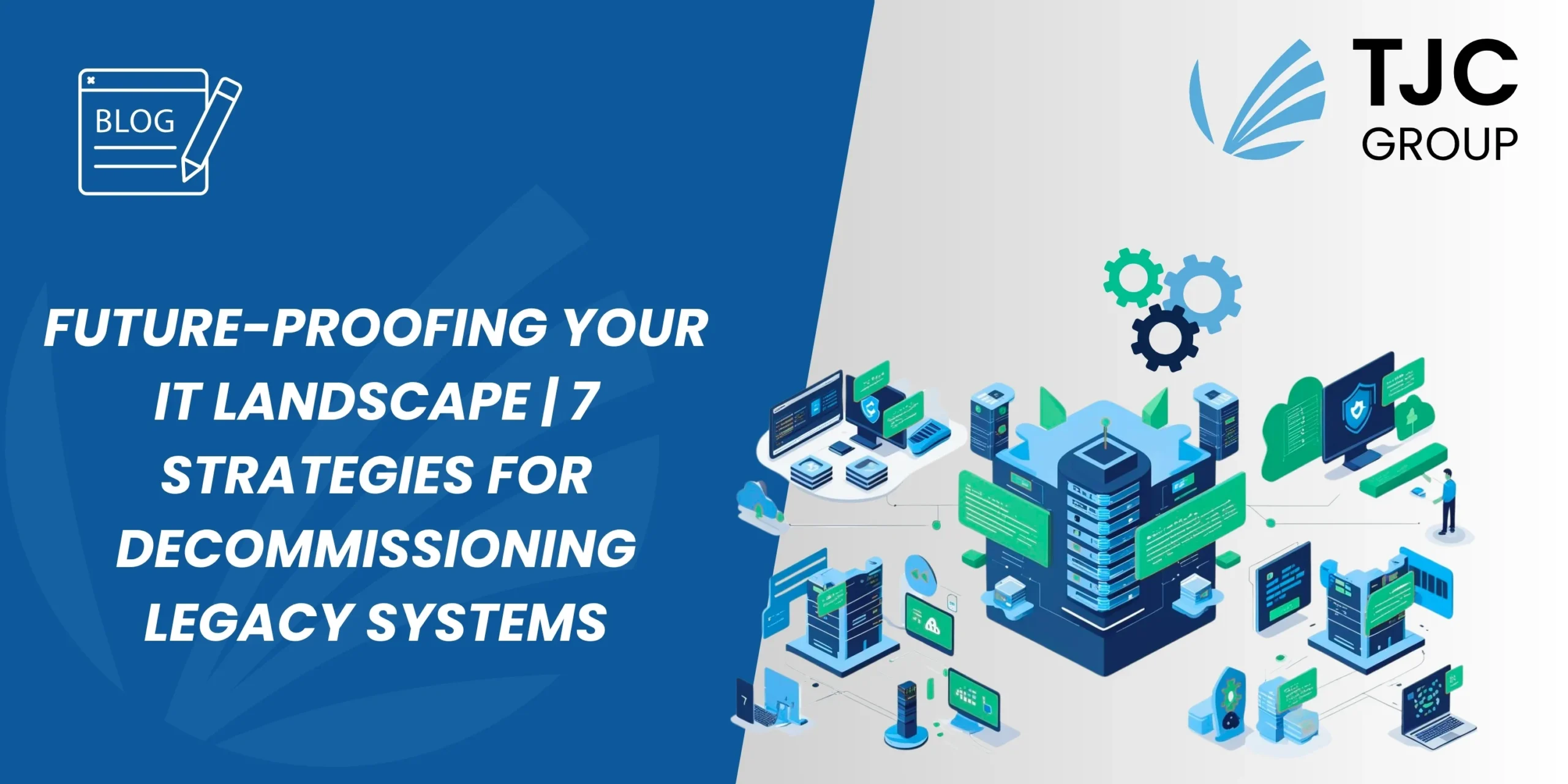Decommissioning legacy systems is one of the most crucial aspects of an organisation. However, it can be a challenging and tedious task as decommissioning involves several steps. Today, many organisations offer efficient decommissioning solutions that businesses can partner with – and we are not behind!
Enterprise Legacy System Application for decommissioning
TJC Group has developed its very own cloud-based application to help businesses with decommissioning projects. Termed as an Enterprise Legacy System Application or ELSA, it is built on the SAP Business Technology Platform (BTP), which ensures that all the legacy data is stored securely. That said, one of the most unique features of ELSA is that it works with both SAP and Non-SAP systems. With the help of ELSA, users can re-access the data both before and after migrating to SAP S/4HANA or any other ERP system. Another key feature of this cloud-based application is that it can be delivered on-premise through SAP BTP or as a Software as a Service (SaaS), depending on the requirement of the project/client.
The development of ELSA has been a milestone for TJC Group, and it has earned us coverage in the USF Magazine for June 2023. Tarik Bezit, Head of Sales – France, has explained everything about ELSA and its benefits in the magazine.
FAQs
Q1. What is the USF convention?
Answer:
The acronym “USF” refers to the Association des Utilisateurs SAP Francophones, which means the French-speaking SAP User Association. They organise annual conferences in France, which provide a platform for SAP users, experts, and partners to connect and discuss SAP innovations and market trends. Moreover, the USF convention publishes a magazine called USF Mag, which features some of the key innovations in the SAP domain.
Q2. What is legacy system decommissioning?
Answer:
Legacy system decommissioning involves retiring and shutting down outdated systems that are no longer actively in use. Obsolete systems are vulnerable to security risks and are difficult to maintain. However, these systems contain essential historical information that is important to retain for compliance requirements. The system decommissioning process allows businesses to effectively preserve the relevant data and retire the old system to easily migrate to a newer system.
Q3. What are the challenges organisations face with legacy systems?
Answer:
Organisations continue to use outdated systems which are more than 2 to 3 decades old. These old systems are difficult to maintain and update, which also overburdens organisations with excess expenditure. Furthermore, it is challenging to find the right resources to maintain these obsolete systems. One more challenge business face with such systems is meeting the compliance requirements. This is because these requirements are ever evolving and applying them to outdated systems raises unwanted complexities.
Q4. How can businesses decommission legacy systems?
Answer:
Businesses can opt legacy system decommissioning applications like the cloud-based ELSA by TJC Group. These solutions allow organisations to easily extract and preserve their legacy data and efficiently retire their old systems. Such solutions allow companies to secure their data, reduce the maintenance costs of obsolete systems, and support their S/4HANA migration journey.
Q5. What is Enterprise Legacy System Application (ELSA)?
Answer:
The Enterprise Legacy System Application, or ELSA, is a solution that helps businesses easily store and access legacy data at any time, from any source, through one unified platform. Built with SAP Business Technology Platform (SAP BTP), ELSA allows users to stay compliant with legal regulations by keeping and accessing historical data and documents.
Q6. What are the key features of ELSA?
Answer:
Here are some of the key features of ELSA for legacy system decommissioning:
- With ELSA, you can easily access documents, reports, and transactional data
- Your legacy data is accessible in any original language
- The solution provides extensive customisation options, such as menu, transaction, query, language, format, and extraction format
- One of the most interesting features of ELSA is data masking, which protects legacy system data from unauthorised access


